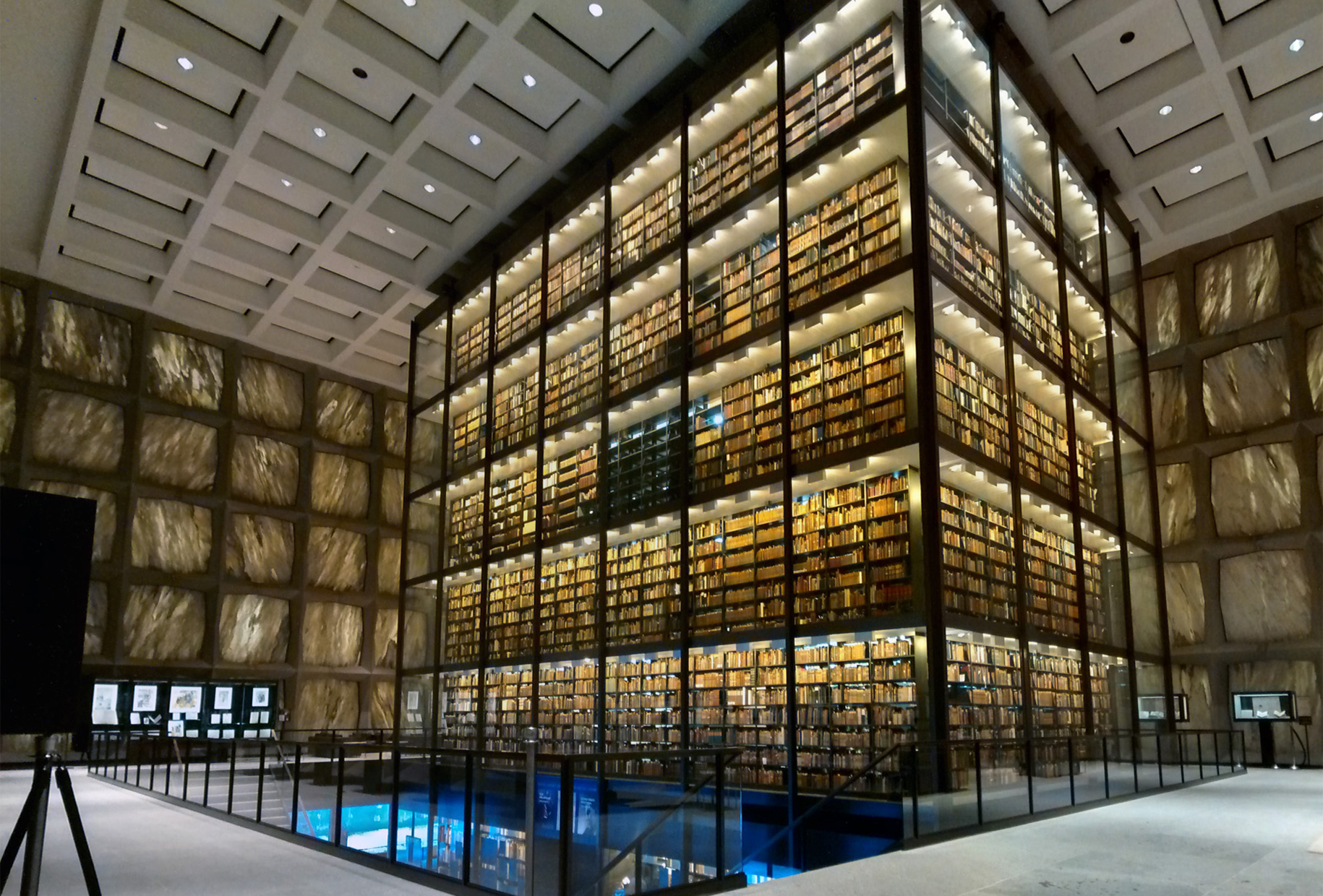Beinecke Library digitally reconstructs ancient papyrus
The Beinecke Library, in collaboration with the British Library, has been able to digitally reunite papyrus fragments.

Wikimedia Commons
After two sections of a papyrus roll were separated for more than a century, curators at Yale’s Beinecke Library and the British Library, the national library of the United Kingdom, collaborated to digitally reunite the fragments.
The two fragments constitute a portion of the Acta Appiani, the Acts of Appian, which form part of a broader body of literature known as the Acta Alexandrinorum, the Acts of the Alexandrian Martyrs. According to Andrew Hogan ’18, a former Beinecke Fellow who is currently the acting collection manager at The Center for the Tebtunis Papyri at the University of California, Berkeley, these works present the minutes of the trials of citizens of Alexandria confronting Rome. They offer a window into the social and political tensions that the authors wished to portray between the Alexandrians and the Romans.
“We don’t normally digitally stitch papyrus together,” Raymond Clemens, a curator at the Beinecke, wrote in an email to the News. “The fact that the fragments of Appian ended up on different continents speaks to the widespread sale and diffusion of these materials in the19th and 20th centuries at a time when trade in antiquities was not regulated.”
The Acta Appiani, according to a summary written by Carson Koepke, a curatorial assistant at the Beinecke, recounts the story of a citizen named Appian who accused the Roman Emperor Commodus of profiteering from the export of Egyptian goods. Appian repeatedly chastises Commodus, who just as often threatens Appian with execution.
Although the conclusion of the story is missing, the Acta can still offer insights into Roman Egypt’s social history and “provide suggestions for how political dynamics and legal procedures occurred (or were imagined to occur by the authors),” according to Hogan.
According to Peter Toth, curator of ancient and medieval manuscripts at the British Library, the first step in the digital reconstruction process involved creating high resolution digital images of the papyri held by each institution. Last August, the British Library catalogued about 200 papyri that have counterparts in American collections. Eighteen of these papyri have been digitized for reconstruction.
“For the text now in Yale, we also used Photoshop to reconstruct how the fragments would have appeared together originally, by scaling them based on their dimensions,” Toth wrote in an email to the News. “As part of this process particular attention was paid to the fibres and to the letters to ensure that the reconstruction was as accurate as possible.”
Toth said that he hopes these reconstructions will boost interest and stimulate further research into the fragments that remain from ancient civilizations.
Hogan is currently working on editing the recto, or other side of the papyrus. Unlike the Acts, which is a formal piece of writing, the recto offers authentic, candid insights into how people lived in the ancient world, Hogan said.
“The original use of this papyrus was from a local office: it contained summaries of various papyri in the office and served as a sort of cheat-sheet for the local scribe, who would no doubt need to be able to locate and know the contents of a substantial number of texts as part of his duties,” Hogan wrote.
According to Clemens, the Beinecke is not currently reconstructing other papyri, but would be “open to it” if other institutions approached them with an opportunity.
High resolution images from the Beinecke Library and the British Library are now both available online, and more examples of digital reconstruction in partnership with the British Library can be found here.







